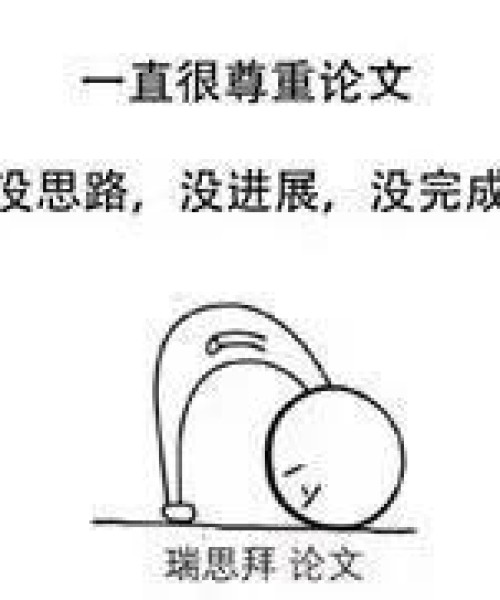采用一个框架,通过效率-公平的权衡,将对分配和公平的不同追求并列起来。该框架假定,在其生产前沿运行的完全竞争经济,只能通过不影响激励、价格和其他经济考虑因素的一次性转移有效地重新分配资源。在其他条件相同的情况下,沿边界向提高效率的方向移动必然会导致公平减少,反之亦然。(参见附录中的图1)。但是,大多数发展中国家和转型期国家的经济运作效率不如较工业化的发达国家;他们通常不会在离生产边界很近的地方经营。因此,可以同时追求提高经济效率和增加公平的双重目标(见附录图2)。这意味着,在发展中国家,私有化可以为私人利益和社会最贫困群体带来双赢。私有化的分配影响取决于被私有化企业的性质。如果私有化企业提供一项公用事业服务,那么穷人的生活素质就可能受到很大的影响,因为获得这些服务的机会将由私人控制,他们的主要动机是利润最大化。因此,考察私有化对分配的影响,对于确定私有化是有助于减轻贫困,还是加剧贫困至关重要.
澳洲经济学作业代写:有效分配资源
employ a framework that juxtaposes the divergent pursuits of distribution and equity, through an efficiency-equity trade-off. The framework posits that a perfectly competitive economy operating at its production frontier, can only efficiently redistribute resources through lump sum transfers which do not affect incentives, prices, and other economic considerations. Ceteris Paribus, a movement along the frontier in the direction of greater efficiency will necessarily result in reduced equity and vice versa. (See Figure 1 in Appendix). However, the economies of most developing and transitioning countries do not operate as efficiently as the more industrialized developed nations; they do not ordinarily operate very close to their production frontier.Hence, the dual goals of increased economic efficiency and increased equity may be simultaneously pursued (See Figure 2 in Appendix). This implies that in developing countries, Privatisation can be a win-win for private interests and society’s poorest.The distributional impacts of Privatisation depend on the nature of the enterprises being privatized. If the privatizing enterprise provides a utility service, then there are potentially great impacts on the quality of lives the poor lead, since access to these services would be controlled by private hands, whose primary motivation is profit maximization. Hence, examination of Privatisation’s distributional impact is essential to determining whether Privatisation helps alleviate, or exacerbate poverty









